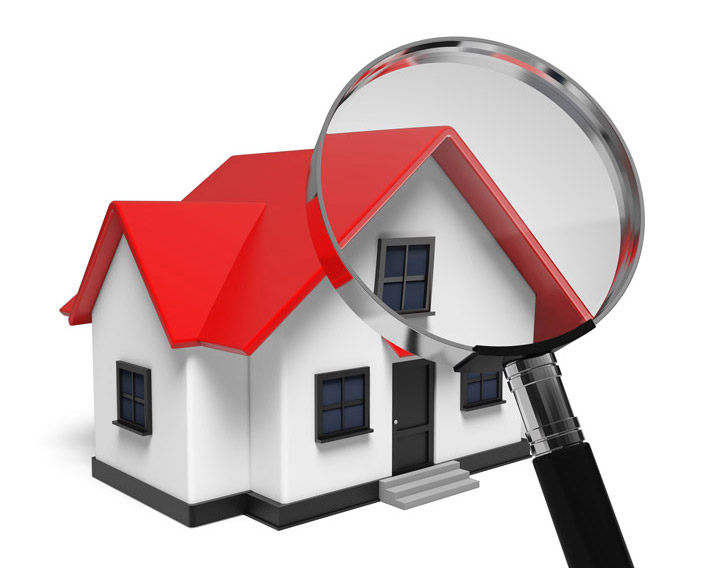
Decoding the Appraisal ProcessGetting real estate can be the most important transaction many people may ever encounter. Whether it's where you raise your family, an additional vacation property or one of many rentals, the purchase of real property is an involved financial transaction that requires multiple people working in concert to pull it all off. Practically all the parties participating are very familiar. The real estate agent is the most known person in the transaction. Next, the lender provides the financial capital necessary to bankroll the exchange. And ensuring all requirements of the exchange are completed and that a clear title transfers to the buyer from the seller is the title company. So, who makes sure the value of the property is consistent with the purchase price? This is where you meet the appraiser. We provide an unbiased estimate of what a buyer could expect to pay — or a seller receive — for a property, where both buyer and seller are informed parties. A licensed, certified, professional appraiser from EH Appraisals will ensure, you as an interested party, are informed. The inspection is where an appraisal beginsOur first responsibility at EH Appraisals is to inspect the property to ascertain its true status. We must actually view features, such as the number of bedrooms and bathrooms, the location, living areas, etc, to ensure they really are present and are in the condition a typical buyer would expect them to be. The inspection often includes a sketch of the property, ensuring the square footage is accurate and illustrating the layout of the property. Most importantly, the appraiser looks for any obvious features - or defects - that would have an impact on the value of the property. After the inspection, we use two or three approaches to determining the value of the property: a paired sales analysis, a replacement cost calculation, and an income approach when rental properties are prevalent. 
Cost ApproachThis is where the appraiser gathers information on local construction costs, the cost of labor and other elements to figure out how much it would cost to construct a property similar to the one being appraised. This estimate often sets the upper limit on what a property would sell for. The cost approach is also the least used predictor of value. 
Sales ComparisonAppraisers get to know the neighborhoods in which they work. They innately understand the value of specific features to the people of that area. Then, the appraiser looks up recent sales in the neighborhood and finds properties which are 'comparable' to the subject being appraised. By assigning a dollar value to certain items such as square footage, additional bathrooms, hardwood floors, fireplaces or view lots (just to name a few), we add or subtract from each comparable's sales price so that they are more accurately in line with the features of subject.
Once all necessary adjustments have been made, the appraiser reconciles the adjusted sales prices of all the comps and then derives an opinion of what the subject could sell for. When it comes to knowing the true value of features of homes in New Braunfels and Comal, EH Appraisals is second to none. This approach to value is usually given the most importance when an appraisal is for a home purchase. Valuation Using the Income ApproachA third way of valuing real estate is sometimes applied when an area has a measurable number of rental properties. In this scenario, the amount of revenue the real estate yields is factored in with other rents in the area for comparable properties to give an indicator of the current value. Arriving at a Value ConclusionCombining information from all applicable approaches, the appraiser is then ready to put down an estimated market value for the property in question. It is important to note that while this amount is probably the strongest indication of what a house is worth, it probably will not be the price at which the property closes. It's not uncommon for prices to be driven up or down by extenuating circumstances like the motivation or urgency of a seller or 'bidding wars'. Regardless, the appraised value is often employed as a guideline for lenders who don't want to loan a buyer more money than the property is actually worth. At the end of the day, an appraiser from EH Appraisals will guarantee you attain the most accurate property value, so you can make the most informed real estate decisions. |